Furniture
Lamp shade hostesses
The cybersecurity company Palo Alto Networks has apologized for having hostesses wearing lampshades on their heads greeting guests outside its "CyberRisk Collaborative Happy Hour" event in Las Vegas.More info: BBC.com

Perhaps they were inspired by the Lamp Shade Queen of 1939:
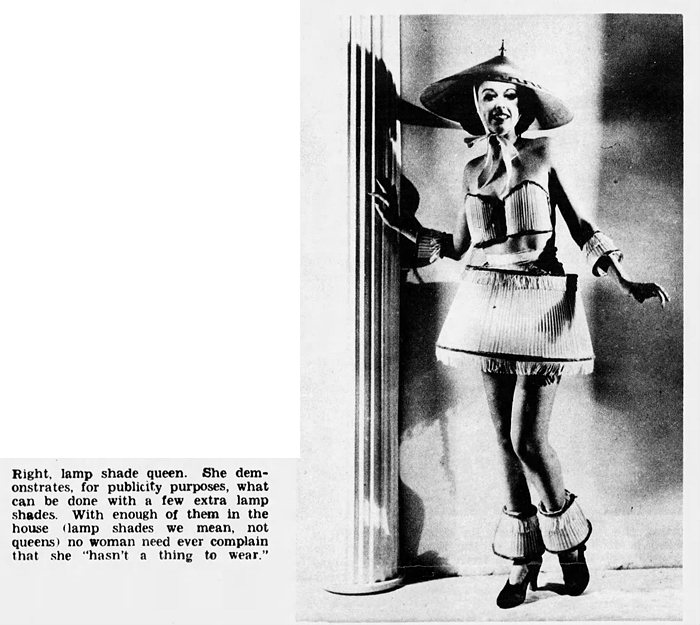
Posted By: Alex - Tue Aug 20, 2024 -
Comments (2)
Category: Furniture
Combined Woodworker’s Push-Stick and Furniture Alarm Unit
British inventor David Bartram was granted a UK patent (GB2233932A) in 1989 for his "woodworker's push-stick and furniture alarm unit."In its first possible use, as a push-stick, his invention allowed woodworkers to push pieces of wood through a table saw while keeping their hand safely away from the saw blade.

In its second possible use, as a furniture alarm, the stick could be attached in between the legs of a chair. If the occupant of the chair happened to lean backwards, raising the front legs of the chair off the ground, the furniture alarm would emit a "startling warning."

Bartram clearly was annoyed by people who leaned backwards in chairs. He wrote:
Of course, for his invention to function as a furniture alarm some kind of "gravity-orientated switch" would need to be incorporated into it. Based on his patent description, it's not clear if Bartram had ever gone to the trouble of doing this, but it seems that he didn't anticipate it would be a problem.
He didn't address the major limitation of his two-in-one invention: if you've got it attached to the legs of a chair it's not available to use as a push-stick, and vice versa, if it's in your workshop being used as a push-stick, it's not guarding a chair.
Posted By: Alex - Wed Jul 31, 2024 -
Comments (4)
Category: Furniture, Patents, 1980s
Library Chair
"Library Chair" by Richard Mauro, 1978. Cargo netting and five hundred paperback books.
image source: are.na
Posted By: Alex - Sat Jul 06, 2024 -
Comments (0)
Category: Furniture, 1970s
Easter Lifting and Heaving
Easter is early this year: March 31st. So you'd better bone up quick on the old practice of lifting strangers up in chairs.According to Hone, the practice was common in Lancashire, Staffordshire, Warwickshire and other parts of England. Groups of people would gather together in the street and physically lift those they came across into the air, expecting a financial reward in return. Hone describes the practice as differing slightly in different parts of the country:
In some parts the person is laid horizontally, in others placed in a sitting position on the bearers’ hands. Usually, when the lifting or heaving is within doors, a chair is produced, but in all cases the ceremony is incomplete without three distinct elevations. (SCM 03706, p. 426)
In Warwickshire, Easter Monday and Easter Tuesday were known as ‘heaving-day‘, because on the Monday it was the tradition for men to ‘heave and kiss the women’ and on the Tuesday for the women to do the same to the men. Hone viewed the practice as, ‘an absurd performance of the resurrection’ derived from the Catholic church.

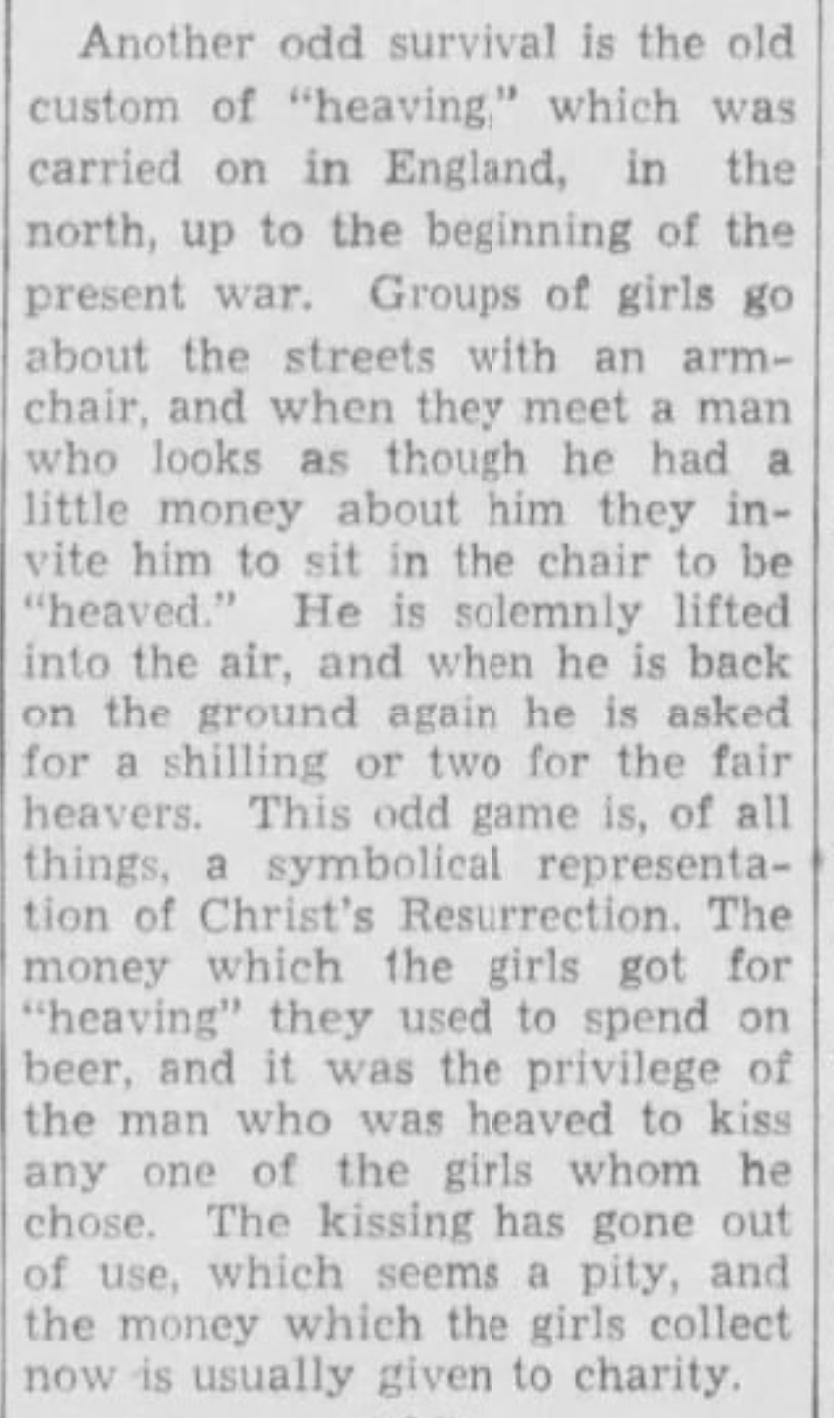
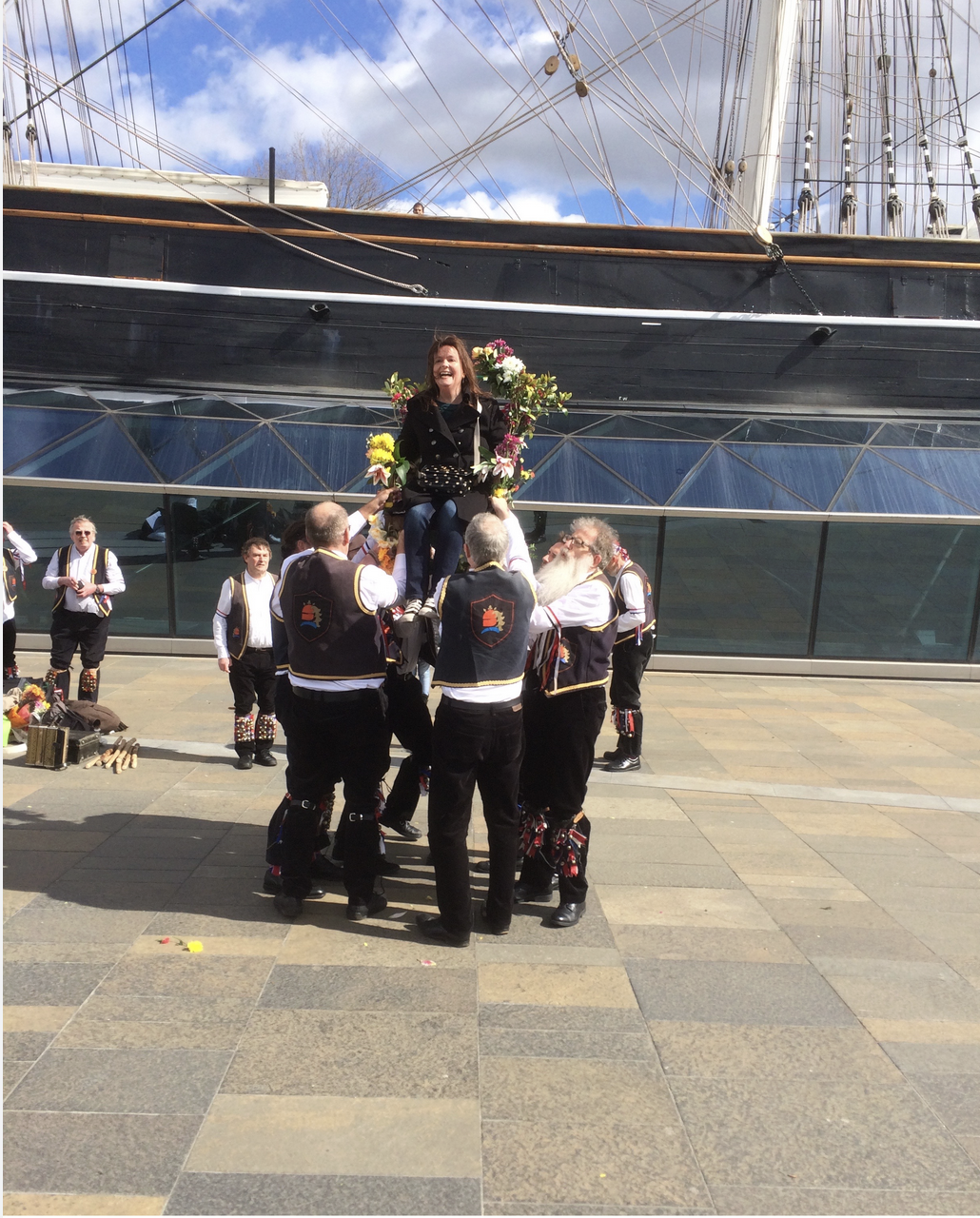
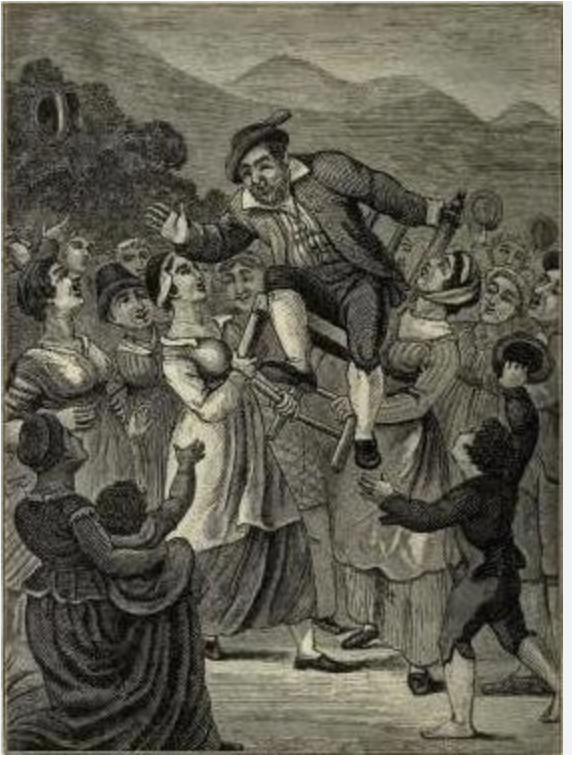
Posted By: Paul - Tue Feb 06, 2024 -
Comments (3)
Category: Furniture, Holidays, Easter, Regionalism, Foreign Customs, United Kingdom
Cremation Bed
Use it as a couch, a bed, or a coffin.Available from dögg design.
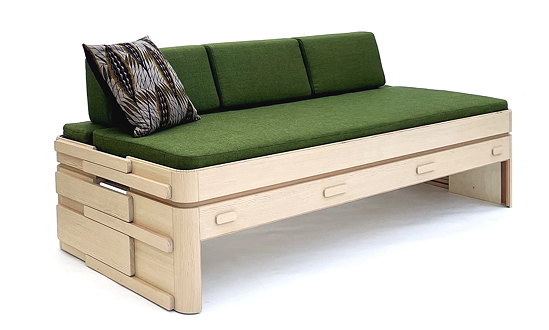
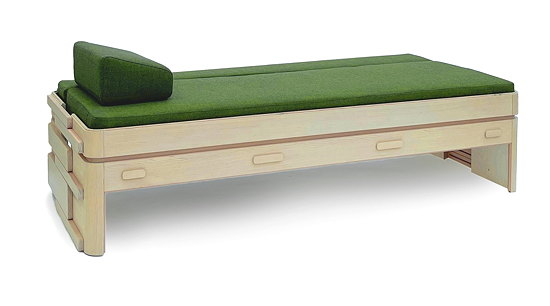
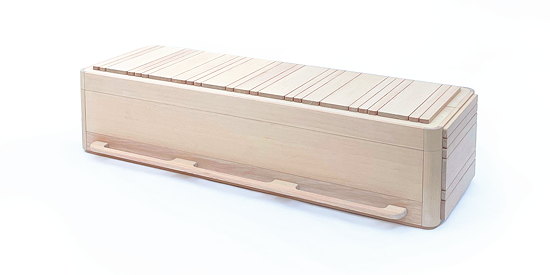
via bookofjoe
Posted By: Alex - Fri Jun 09, 2023 -
Comments (4)
Category: Death, Furniture
Coffin Chairs
London-based "Chairbox Design" has come out with what it calls "The Last Shift Office Chair." It's a coffin chair.I don't think this is a product one can buy. Instead it seems to be a mock-up to make the point that sitting all day in offices is killing people.
Though if they aren't for sale, they should be. They'd be perfect for funeral homes, or vampires.
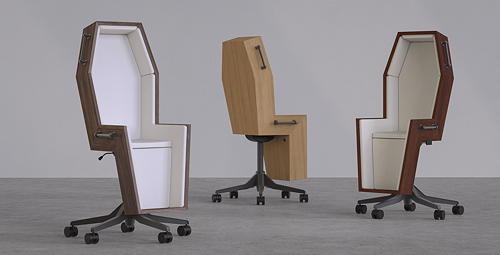
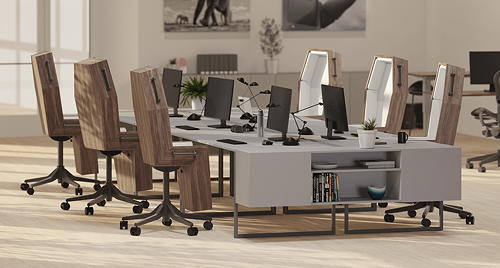
Coffin-shaped furniture is becoming a recurring theme. We've previously posted about the Coffin Cradle and the Coffin Bed.
Posted By: Alex - Wed Oct 05, 2022 -
Comments (3)
Category: Death, Furniture
Nap Boxes
New from Japan: nap boxes. The idea is to discourage workers from locking themselves in toilet stalls to nap by instead offering them an upright container in which they can seal themselves and (somehow) nap.Reminds me of the Iron Maiden torture device from medieval times.
More info: Bloomberg
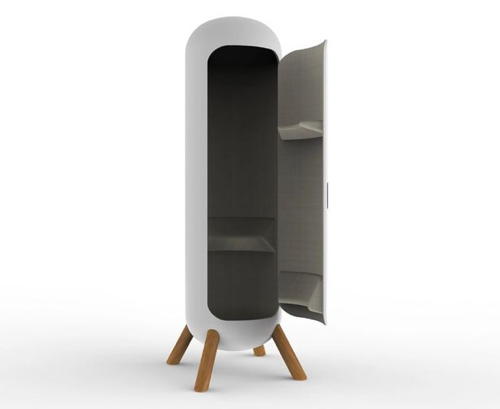
Posted By: Alex - Sat Jul 23, 2022 -
Comments (6)
Category: Furniture, Sleep and Dreams
Lamp Shade Queen

Pittsburgh Press - Apr 2, 1939
Posted By: Alex - Fri May 06, 2022 -
Comments (0)
Category: Awards, Prizes, Competitions and Contests, Fashion, Furniture, 1930s
Hairdresser in a glass coffin
Celebrity hairstylist Antoine de Paris used to sleep in a glass coffin, which he claimed he would one day be buried in. He died in 1976, and whether he actually was buried in the glass coffin I haven't been able to find out.Info from Logan Sisley:
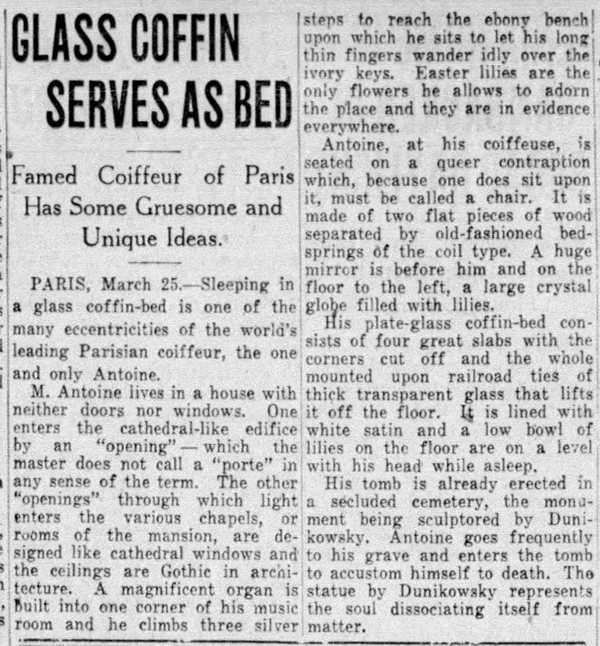
Dayton Daily News - Mar 25, 1932
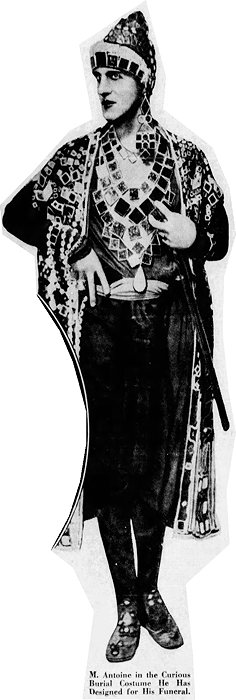
"M. Antoine in the curious burial costume he has designed for his funeral"
From The San Francisco Examiner - Sep 25, 1932:
But models die, get married, get fired, while Antoine continues to live. Always he must be replacing the original ones. He picks them out for their gaiety and their good looks.
More info: Polish Fashion Stories
Posted By: Alex - Tue Mar 15, 2022 -
Comments (4)
Category: Death, Fashion, Furniture
The Princess Rajah Dance
Man, that gal's got some strong jaws--as you will see!
Posted By: Paul - Sun Mar 06, 2022 -
Comments (0)
Category: Furniture, Human Marvels, 1900s, Dance

| Who We Are |
|---|
| Alex Boese Alex is the creator and curator of the Museum of Hoaxes. He's also the author of various weird, non-fiction, science-themed books such as Elephants on Acid and Psychedelic Apes. Paul Di Filippo Paul has been paid to put weird ideas into fictional form for over thirty years, in his career as a noted science fiction writer. He has recently begun blogging on many curious topics with three fellow writers at The Inferior 4+1. Contact Us |




